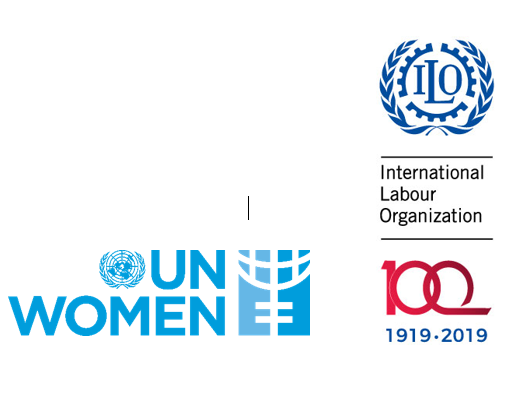Labour inspection is the immediate monitoring mechanism for the promotion, supervision and implementation of labour laws and occupational safety and health measures, as well as for the improvement of working conditions. As such, it is essential in preventing, monitoring and addressing violence and harassment against women at work.
Due to women’s increasing participation in the labour force and the recognition that women can be disproportionately exposed to discrimination and violence, it is important to ensure that labour inspection is gender-responsive (ILO, 2014a). This can be achieved by hiring more women labour inspectors and by promoting gender awareness throughout the inspection system, including through the introduction of gender equality indicators for inspection and training to enable inspectors to identify and address violence and discrimination (ILO, 2012b, pp.27-28).[1]
[1] In addition, the ILO (2006) General Survey on Labour Inspection (Chapter V), states that “...it is to be hoped that more steps will be taken to encourage the recruitment, training and promotion of women inspectors and to ensure that there is greater gender awareness throughout the inspection system.” p.60
